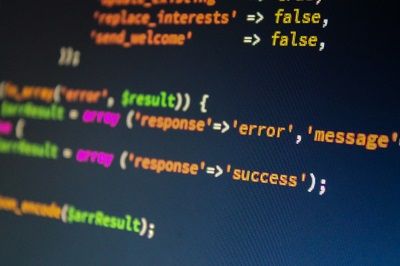Protecting Software Using Patent And Trade Secret Law
Traditional legal strategies have pitted trade secret law and patent law against one another. This is because patents are made public while trade secrets must be kept confidential. However, there is a way to utilize the best of what both have to offer.
Ascertain And Codify Trade Secrets Using A Provisional Patent Application
Specifically identifying your invention is critical in procuring protection. Oftentimes inventors generalize their software or describe it in incomplete terms. In order to protect a trade secret, the secret itself must be identified with enough specificity for a court of law to determine what is being protected. Drafting a provisional patent application (PPA) to describe the software is a good way to do this.
PPAs are filed with the United States Patent and Trademark Office (USPTO), but are not reviewed substantively. If they are properly filed, they will be given a filing date and an application number. However, PPAs are not published by the USPTO unless an applicant decides to pursue a patent. Patent protection based on a PPA may only be accomplished by filing a non-provisional patent application within 12 months of the PPA filing date. Therefore, should an applicant wish to keep their application confidential, they simply do not take further action on the PPA.
This strategy affords a software proprietor a lot of options for protection. For the 12 months following the PPA filing date, an applicant may claim “patent pending” on any marketing material. This acts as a deterrent to would be infringers, since they are on notice they may be sued if a patent is issued.
Pursue A Patent….Or Don’t
Once the invention has been codified by the PPA, the applicant’s attorney can determine the patentability of the software in light of U.S. Supreme Court restrictions. If the chances of receiving a patent are favorable, the attorney may suggest continuing with filing a non-provisional patent application. If desired, a non-provisional patent application may be filed with a non-publication request keeping the application confidential until it becomes a patent.
Utilize Trade Secret Law
If the attorney decides the chances of receiving a patent are low, the applicant may choose to not file a non-provisional patent application and keep the software a trade secret. In this instance, having the trade secret codified in a PPA gives a software proprietor a tangible document that is easily referenced in non-disclosure and non-compete agreements. The PPA itself is titled, time stamped, given an application number, and kept confidentially locked away at the USPTO.
Having an easily referenced official document detailing an invention that is held in confidence by an independent third party reinforces the trade secret from a legal standpoint. It also allows a software proprietor to confidently enter into negotiations with venture capitalists and potential acquisition firms.
If you have questions or concerns related to protecting your company’s software, please contact us at (321) 255-2332.


